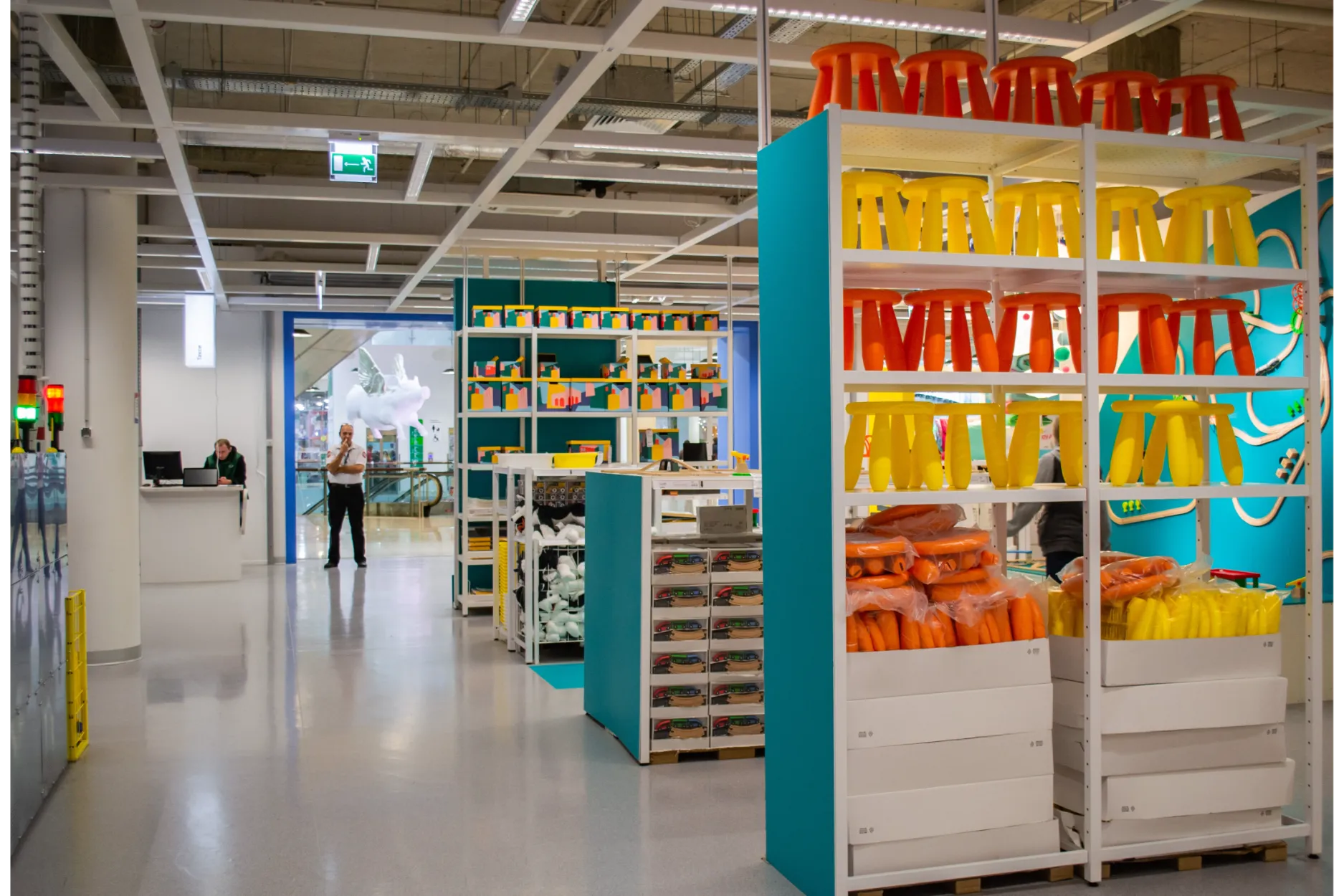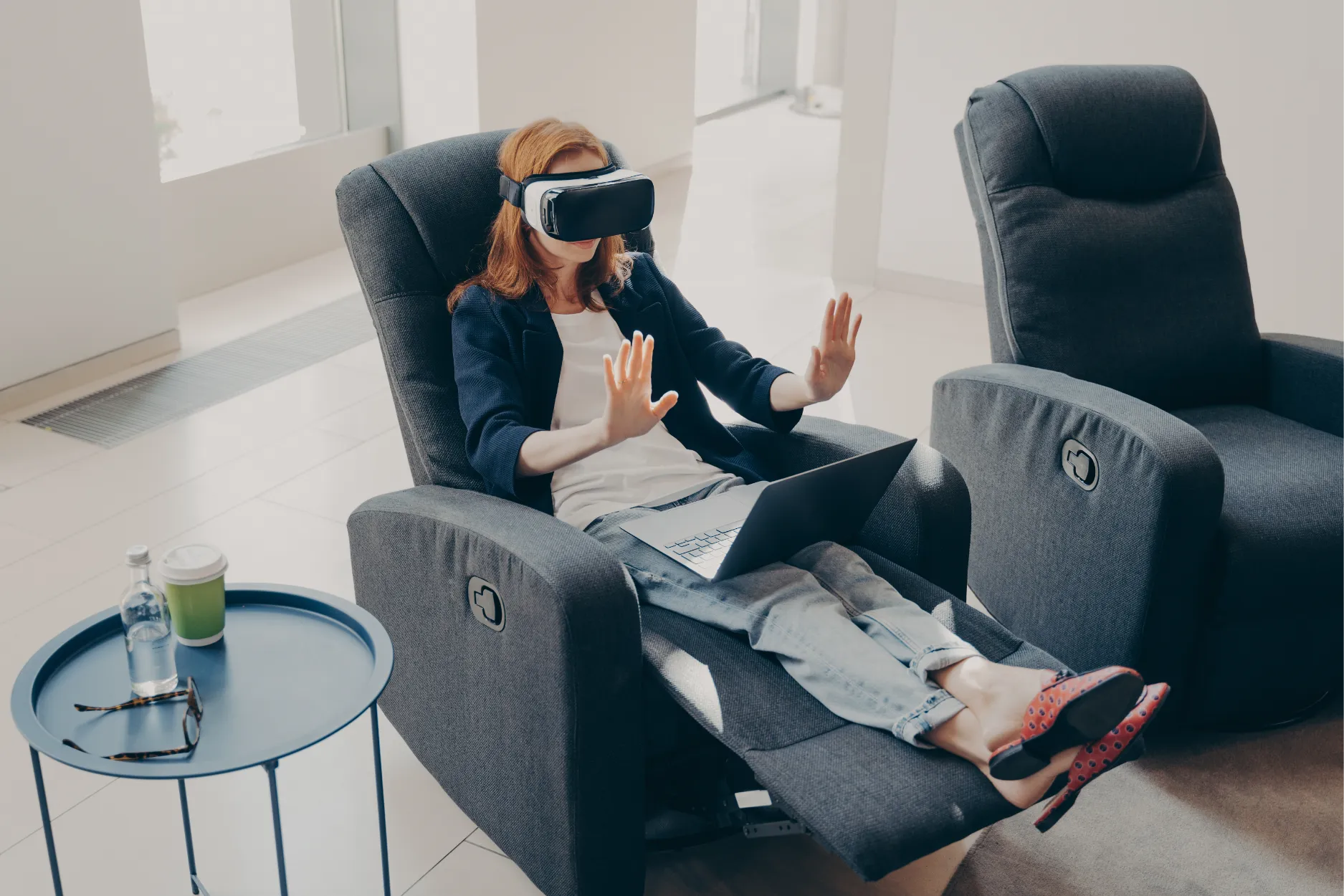
In today's fast-evolving retail landscape, the importance of building robust relationships between retailers and brands cannot be overstated. With digital transformation sweeping through the interior design and retail sectors, the integration of immersive 3D product experiences has emerged as a game-changer.
In this blog, we will delve into the world of digital transformation in interior design, the strategic use of technology in interior design businesses, and the pivotal role of immersive 3D visualization in creating immersive retail experiences. We will explore how these concepts converge to fortify retailer-brand relations, backed by real-world examples illustrating their practical business applications.
The interior design industry is currently experiencing a profound digital transformation. Traditional methods of presenting products through physical showrooms and catalogs are becoming obsolete in meeting the evolving demands of today's discerning consumers. Advanced and immersive 3D modeling and rendering technologies have empowered interior designers and retailers with the tools to craft immersive digital experiences that enable customers to envision products within their own spaces before making purchase decisions.
An instrumental facet of this digital transformation is the incorporation of virtual reality (VR) and augmented reality (AR) technologies. These technologies empower customers to virtually step into showrooms or use their smartphones to visualize how a piece of furniture or decor item will seamlessly integrate into their living spaces. This heightened level of interaction not only elevates the shopping experience but also forges deeper connections between the retailer and the customer.
For interior design businesses, the adoption of technology is no longer a choice but a strategic imperative for achieving growth and maintaining competitiveness. By embracing advanced software and tools, these businesses can optimize their operations, elevate customer service, and ensure their relevance in a rapidly evolving marketplace.
One such indispensable technology in the realm of interior design is Computer-Aided Design (CAD) software. CAD empowers designers to create intricate and immersive 3D models of interiors, encompassing furniture and decor elements with unparalleled precision and efficiency. This translates into time savings and ensures that the final design aligns seamlessly with the client's vision.
Additionally, interior design firms are increasingly leveraging customer relationship management (CRM) software to adeptly manage interactions with both clients and suppliers. This not only facilitates streamlined communication but also contributes to reinforcing retailer-brand relationships by maintaining detailed records of customer preferences and orders.

3D visualization plays an integral role in the world of interior design, serving as a potent tool for retailers and designers to present their products in a compelling and authentic manner. With 3D visualization, customers can scrutinize every facet of a product, from its design and texture to its color and dimensions. This meticulous attention to detail fosters trust and confidence in the product, significantly augmenting the likelihood of a purchase.
A significant advantage of 3D visualization is its capacity for product customization tailored to individual customer preferences. Retailers can offer an array of customization options, encompassing diverse materials, colors, and finishes, empowering customers to curate products that authentically resonate with their personal style. This level of personalization not only enhances the shopping experience but also engenders a profound emotional connection between the customer and the brand.
To elucidate the efficacy of immersive 3D product experiences in fortifying retailer-brand relations, let's examine concrete examples from the business world:
Retail juggernaut IKEA strategically launched the IKEA Place app, harnessing augmented reality to enable customers to virtually position furniture within their living spaces. This transformative app not only facilitates customers in visualizing IKEA products in their homes but also simplifies the decision-making process. It serves as a compelling illustration of how technology can enhance the shopping experience, thus strengthening brand loyalty.
Online furniture giant Wayfair offers an interactive 3D Room Planner, empowering customers to design their rooms, experiment with different furniture layouts, and visualize the integration of products into their spaces. This sophisticated tool not only engages customers but also fosters trust in Wayfair's product range.
Many forward-thinking interior design firms are harnessing 3D visualization to showcase their design concepts to clients. By presenting immersive 3D renderings of proposed designs, these firms bolster their credibility and empower clients to make well-informed decisions regarding their projects.
Read Also: 3D Revolution in Design: Enhancing Interior Spaces with Innovative 3D Visualization
In an era characterized by digital transformation and technological innovation, retailers and interior design businesses must strategically adapt to thrive. By incorporating immersive 3D product experiences into their strategies, they can curate captivating and engaging shopping experiences, reinforcing the ties between retailers and brands. The real-world examples discussed above serve as a testament to how technology can be effectively harnessed to build trust, enhance customer satisfaction, and ultimately drive business success.
As we navigate this dynamic business landscape, it is evident that the future of retail and interior design hinges upon delivering not just products but immersive experiences. Embracing immersive 3D product experiences represents a pivotal step forward, ensuring that retailer-brand relationships remain steadfast and enduring in the constantly evolving world of business.
FAQs
Absolutely. Immersive 3D experiences build trust and emotional connections with customers. By allowing them to visualize products in their own spaces, retailers can enhance brand loyalty and foster stronger, enduring relationships with their customers.
3D visualization streamlines design processes, saves time and enables designers to showcase concepts effectively. It also empowers businesses to offer customized products, enhancing customer satisfaction and loyalty while improving operational efficiency.
3D visualization in interior design is a technology-driven approach that uses computer-generated imagery to create lifelike, three-dimensional representations of interior spaces and design elements.